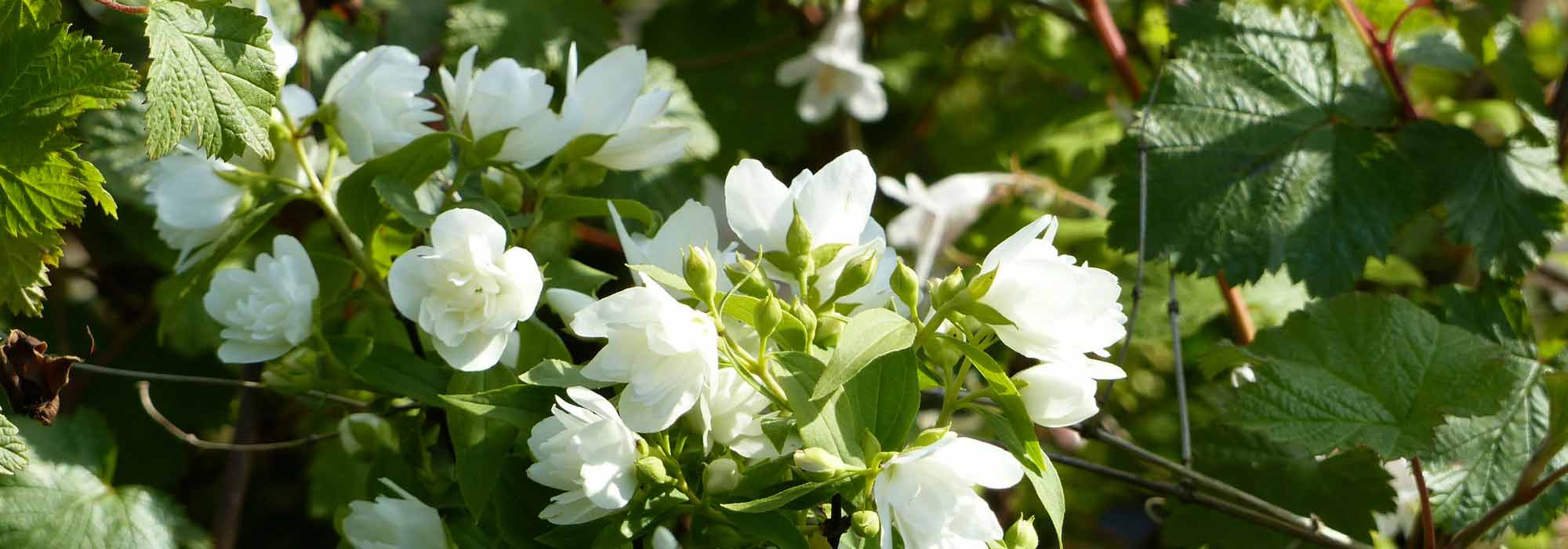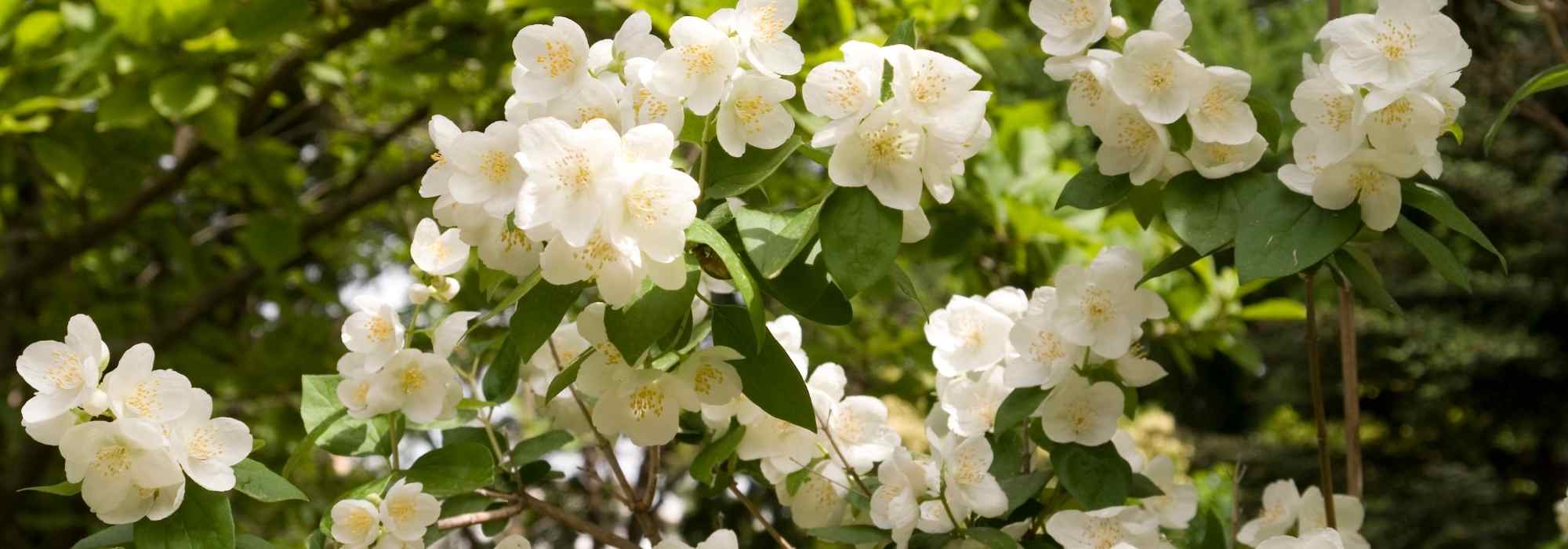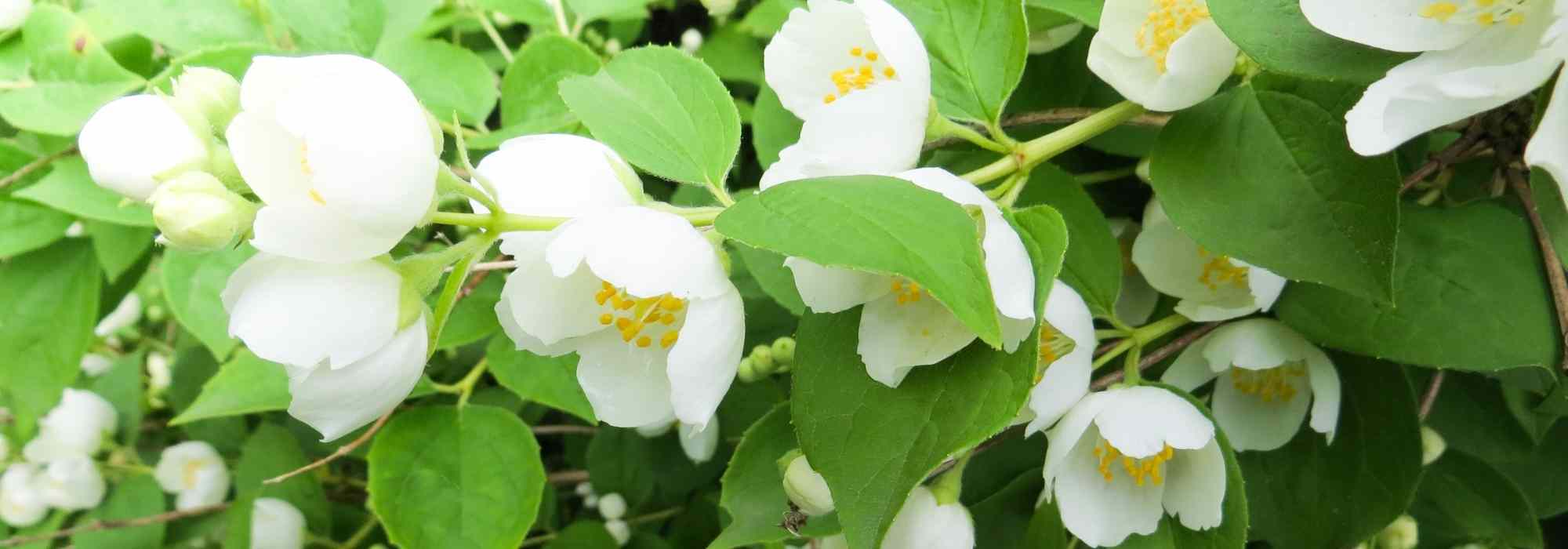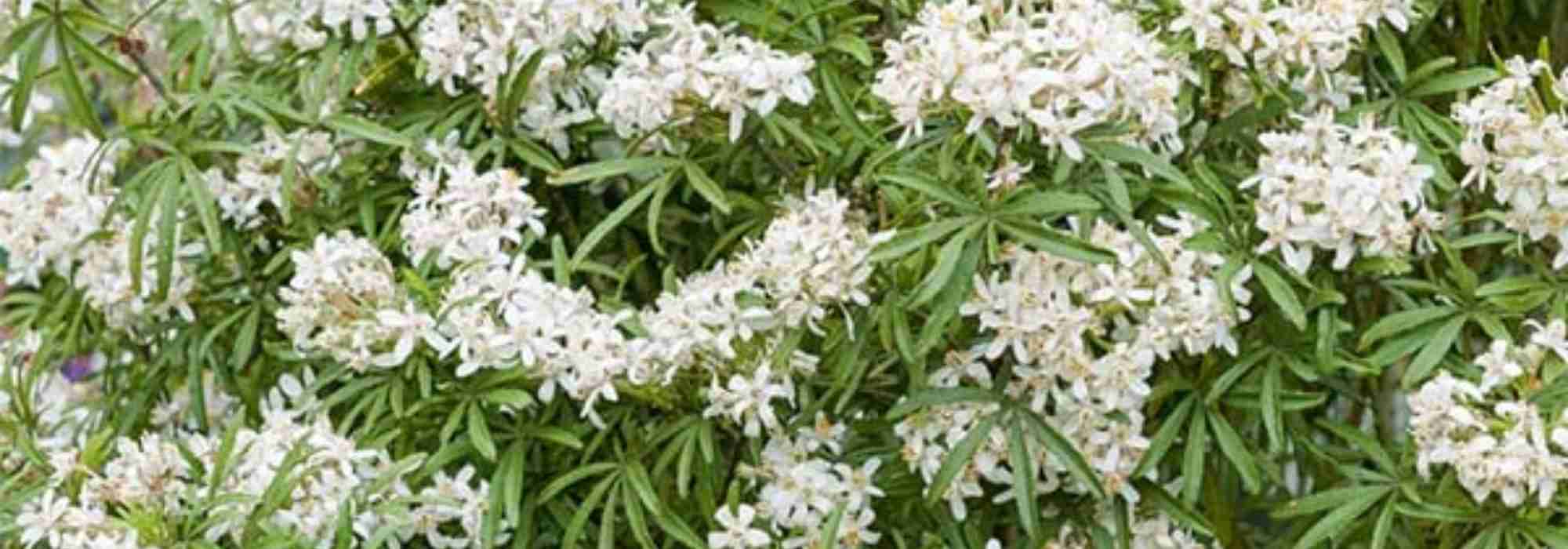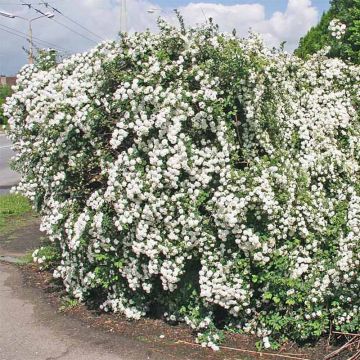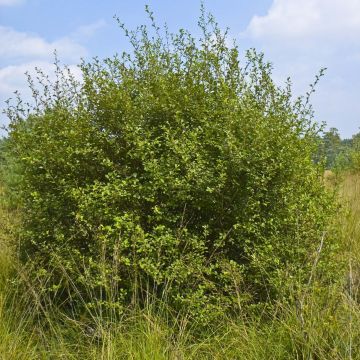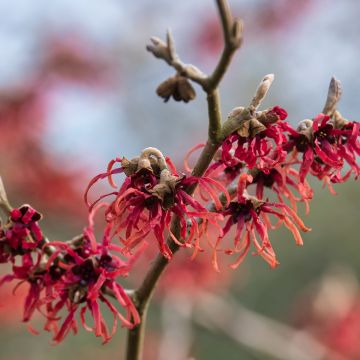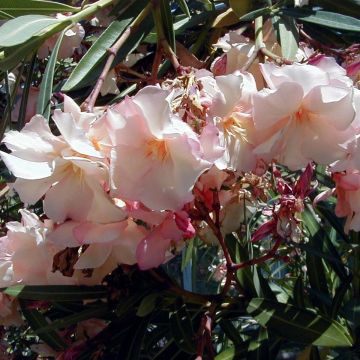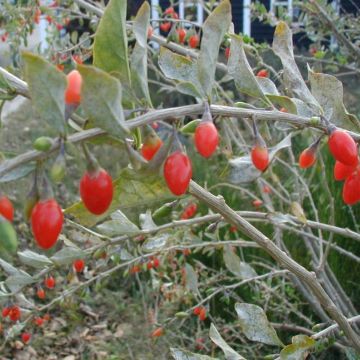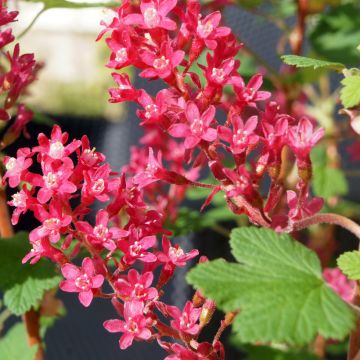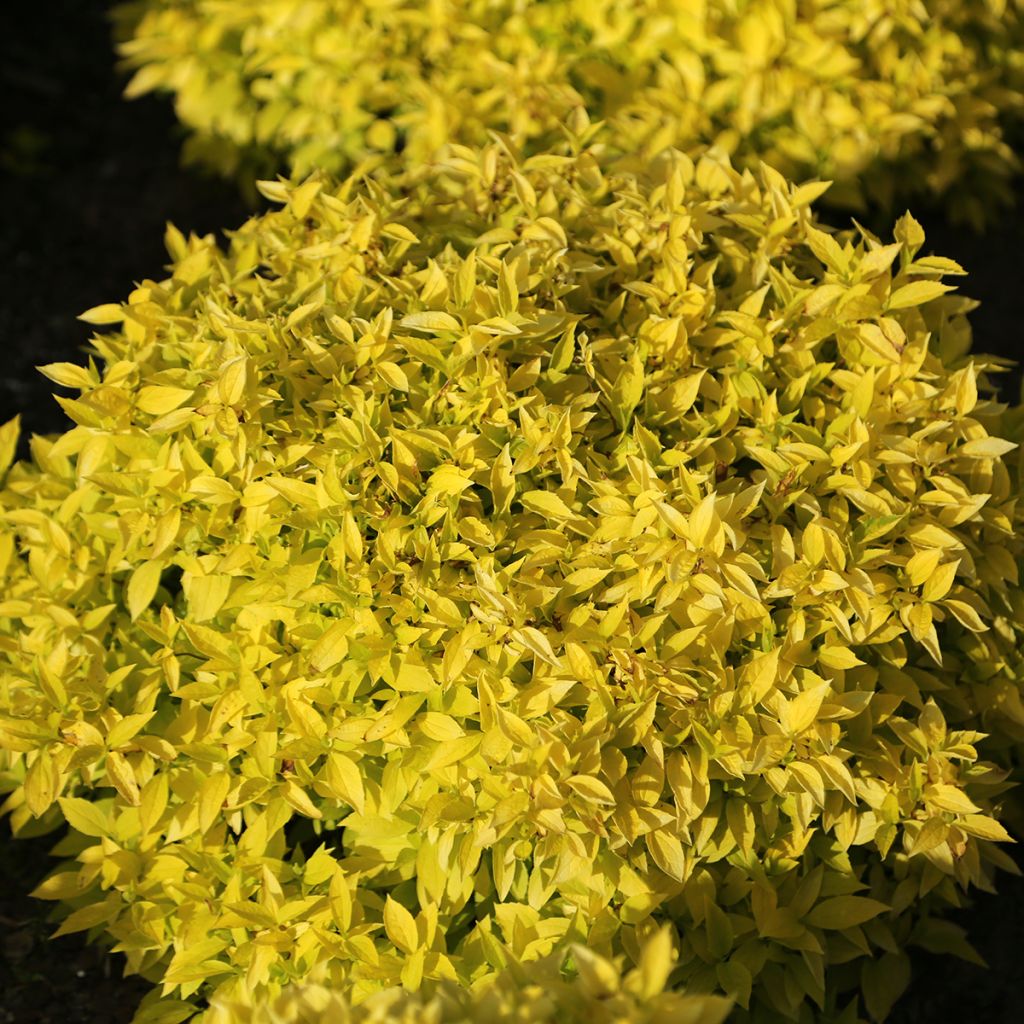

Philadelphus coronarius Kostelec WB - Mock Orange
Philadelphus coronarius Kostelec WB - Mock Orange
Philadelphus coronarius Kostelec WB
Mock Orange
Special offer!
Receive a €20 voucher for any order over €90 (excluding delivery costs, credit notes, and plastic-free options)!
1- Add your favorite plants to your cart.
2- Once you have reached €90, confirm your order (you can even choose the delivery date!).
3- As soon as your order is shipped, you will receive an email containing your voucher code, valid for 3 months (90 days).
Your voucher is unique and can only be used once, for any order with a minimum value of €20, excluding delivery costs.
Can be combined with other current offers, non-divisible and non-refundable.
Home or relay delivery (depending on size and destination)
Schedule delivery date,
and select date in basket
This plant carries a 24 months recovery warranty
More information
We guarantee the quality of our plants for a full growing cycle, and will replace at our expense any plant that fails to recover under normal climatic and planting conditions.
Would this plant suit my garden?
Set up your Plantfit profile →
Description
The Philadelphus coronarius 'Kostelec WB' is a dwarf variety of garden mock orange with rare golden foliage in cultivation. This small-sized bush has golden foliage throughout the season and a perfectly hemispherical habit with a neat appearance. This variety offers the divinely scented white flowering that we love so much in the Philadelphus coronarius in June. Its modest dimensions, charm, and brightness allow for numerous uses in the ground and containers.
The Philadelphus coronarius 'Kostelec WB' was discovered in Kostelec in the Czechia as a witches' broom that appeared on a classic mock orange. Belonging to the hydrangea family, the Philadelphus coronarius, also known as mock orange or poets' jasmine, is a botanical species native to southern Europe and Asia Minor. The 'Kostelec WB' cultivar is an ornamental deciduous bush with slow growth and shallow rooting, whose brown bark does not peel with age. It naturally forms a wide and regular ball. Its branching is dense, and its young shoots are flexible. It reaches a height of 1.50 m (5ft) and a width of 1.75 m (6ft) at maturity. From early June to early July, it is adorned with bouquets of single flowers with four petals, cream-white and 2.5 cm (1in) in diameter, white and golden-yellow stamens and a powerful fragrance. In this 'Kostelec WB' variety, the flowers are less numerous than the standard type and stand out less against the yellow foliage. The foliage is highly decorative. The leaves are oval, 5 to 8 cm (2 to 3in) long, pointed, and bordered by tiny teeth. The colour of its bright foliage is a golden-yellow that turns very slightly to chartreuse green in summer. This deciduous foliage falls in autumn.
This golden mock orange, suitable for all types of gardens and easy to grow, is ideal for beginner gardeners. It prefers a partially shaded exposure in the afternoon to protect its foliage. This small bush will be perfect as a focal point in the centre of a flowerbed, in the background of flower borders, in combination with other bushes, or even grown in containers. Plant it near the house, patio, or pathways to enjoy its intense fragrance. When planted in partial shade, it will illuminate any setting with the golden colour of its foliage and the whiteness of its flowers. Create beautiful contrasts by placing them near bushes with purple or bronze leaves, such as Physocarpus. Since its flowering period is relatively short, consider associating it with bushes that bloom earlier or later in the season (Deutzia 'Yuki Snowflake', Weigela 'Big Love'). Let a small herbaceous clematis climb in its branches to give it a wild and charming touch. It also pairs well with perennial plants with colourful foliage.
In ancient Persia, the white and fragrant flowers of Philadelphus coronarius were used to make scented crowns.
Philadelphus coronarius Kostelec WB - Mock Orange in pictures
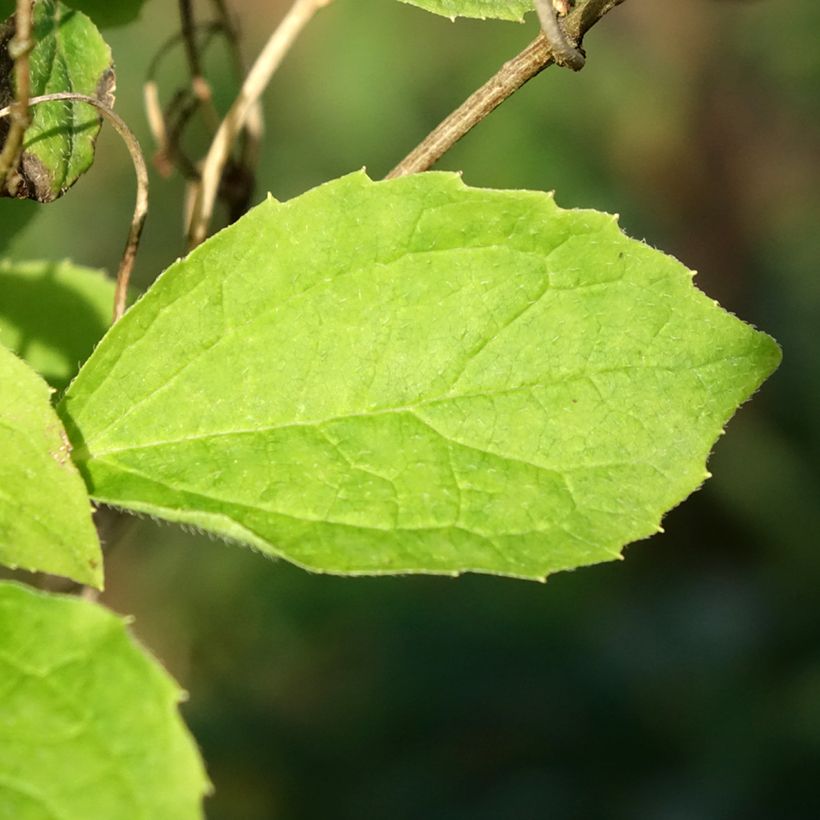

Plant habit
Flowering
Foliage
Botanical data
Philadelphus
coronarius
Kostelec WB
Hydrangeaceae
Mock Orange
Cultivar or hybrid
Planting and care
The Philadelphus coronarius 'Kostelec WB', very easy to grow, requiring very little maintenance and accommodating, is ideal for beginner gardeners. Ordinary soil, even limestone and fairly dry in summer, will be accepted. However, it will prefer fresh, well-drained and humus-bearing soil. It is very hardy and can withstand negative temperatures down to -20°C (1°F). Planting should be done in early spring or autumn, preferably in a semi-shade or non-burning sun and sheltered from strong winds. Excessively hot exposures could damage its brilliant foliage.
Flowering on last year's shoots, the Philadelphus coronarius should be pruned after flowering in July-August by shortening the branches that have bloomed by one-third of their length. A more severe pruning can be done every 2 to 3 years to keep it compact and floriferous. Simply do not hesitate to cut the old wood and the branches that are too long down to the base of the plant to encourage it to branch out from the base. However, this resistant bush can be subject to powdery mildew and black aphid attacks.
Planting period
Intended location
Care
Planting & care advice
This item has not been reviewed yet - be the first to leave a review about it.
Similar products
Haven't found what you were looking for?
Hardiness is the lowest winter temperature a plant can endure without suffering serious damage or even dying. However, hardiness is affected by location (a sheltered area, such as a patio), protection (winter cover) and soil type (hardiness is improved by well-drained soil).

Photo Sharing Terms & Conditions
In order to encourage gardeners to interact and share their experiences, Promesse de fleurs offers various media enabling content to be uploaded onto its Site - in particular via the ‘Photo sharing’ module.
The User agrees to refrain from:
- Posting any content that is illegal, prejudicial, insulting, racist, inciteful to hatred, revisionist, contrary to public decency, that infringes on privacy or on the privacy rights of third parties, in particular the publicity rights of persons and goods, intellectual property rights, or the right to privacy.
- Submitting content on behalf of a third party;
- Impersonate the identity of a third party and/or publish any personal information about a third party;
In general, the User undertakes to refrain from any unethical behaviour.
All Content (in particular text, comments, files, images, photos, videos, creative works, etc.), which may be subject to property or intellectual property rights, image or other private rights, shall remain the property of the User, subject to the limited rights granted by the terms of the licence granted by Promesse de fleurs as stated below. Users are at liberty to publish or not to publish such Content on the Site, notably via the ‘Photo Sharing’ facility, and accept that this Content shall be made public and freely accessible, notably on the Internet.
Users further acknowledge, undertake to have ,and guarantee that they hold all necessary rights and permissions to publish such material on the Site, in particular with regard to the legislation in force pertaining to any privacy, property, intellectual property, image, or contractual rights, or rights of any other nature. By publishing such Content on the Site, Users acknowledge accepting full liability as publishers of the Content within the meaning of the law, and grant Promesse de fleurs, free of charge, an inclusive, worldwide licence for the said Content for the entire duration of its publication, including all reproduction, representation, up/downloading, displaying, performing, transmission, and storage rights.
Users also grant permission for their name to be linked to the Content and accept that this link may not always be made available.
By engaging in posting material, Users consent to their Content becoming automatically accessible on the Internet, in particular on other sites and/or blogs and/or web pages of the Promesse de fleurs site, including in particular social pages and the Promesse de fleurs catalogue.
Users may secure the removal of entrusted content free of charge by issuing a simple request via our contact form.
The flowering period indicated on our website applies to countries and regions located in USDA zone 8 (France, the United Kingdom, Ireland, the Netherlands, etc.)
It will vary according to where you live:
- In zones 9 to 10 (Italy, Spain, Greece, etc.), flowering will occur about 2 to 4 weeks earlier.
- In zones 6 to 7 (Germany, Poland, Slovenia, and lower mountainous regions), flowering will be delayed by 2 to 3 weeks.
- In zone 5 (Central Europe, Scandinavia), blooming will be delayed by 3 to 5 weeks.
In temperate climates, pruning of spring-flowering shrubs (forsythia, spireas, etc.) should be done just after flowering.
Pruning of summer-flowering shrubs (Indian Lilac, Perovskia, etc.) can be done in winter or spring.
In cold regions as well as with frost-sensitive plants, avoid pruning too early when severe frosts may still occur.
The planting period indicated on our website applies to countries and regions located in USDA zone 8 (France, United Kingdom, Ireland, Netherlands).
It will vary according to where you live:
- In Mediterranean zones (Marseille, Madrid, Milan, etc.), autumn and winter are the best planting periods.
- In continental zones (Strasbourg, Munich, Vienna, etc.), delay planting by 2 to 3 weeks in spring and bring it forward by 2 to 4 weeks in autumn.
- In mountainous regions (the Alps, Pyrenees, Carpathians, etc.), it is best to plant in late spring (May-June) or late summer (August-September).
The harvesting period indicated on our website applies to countries and regions in USDA zone 8 (France, England, Ireland, the Netherlands).
In colder areas (Scandinavia, Poland, Austria...) fruit and vegetable harvests are likely to be delayed by 3-4 weeks.
In warmer areas (Italy, Spain, Greece, etc.), harvesting will probably take place earlier, depending on weather conditions.
The sowing periods indicated on our website apply to countries and regions within USDA Zone 8 (France, UK, Ireland, Netherlands).
In colder areas (Scandinavia, Poland, Austria...), delay any outdoor sowing by 3-4 weeks, or sow under glass.
In warmer climes (Italy, Spain, Greece, etc.), bring outdoor sowing forward by a few weeks.






























